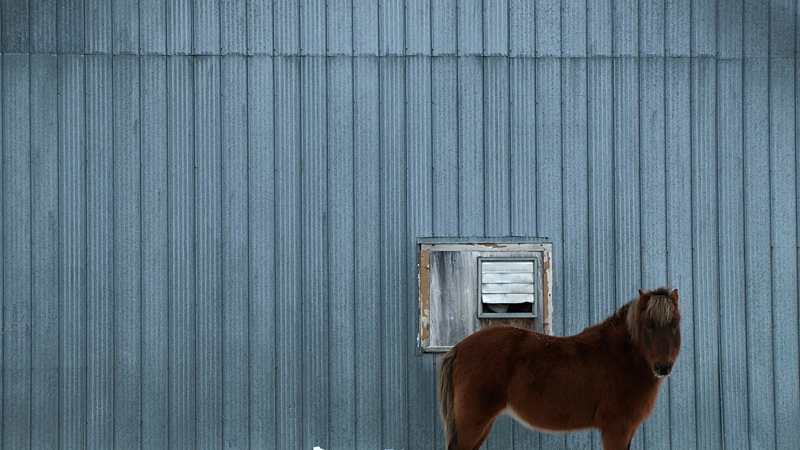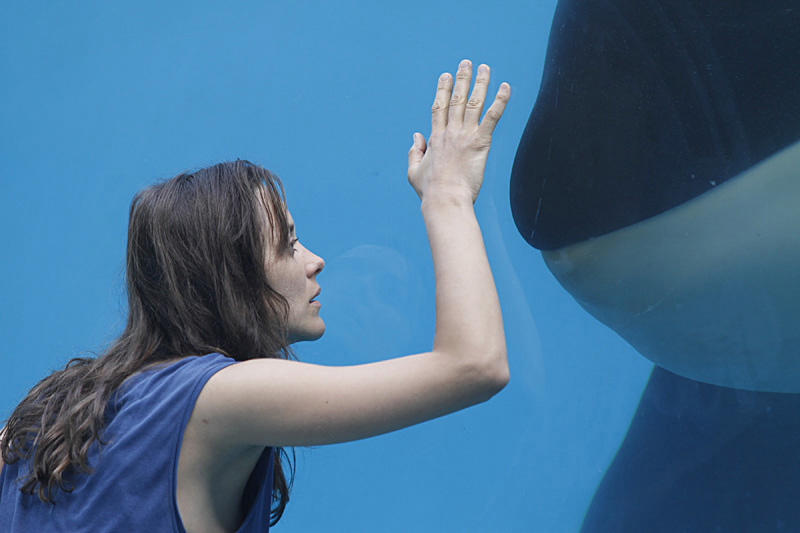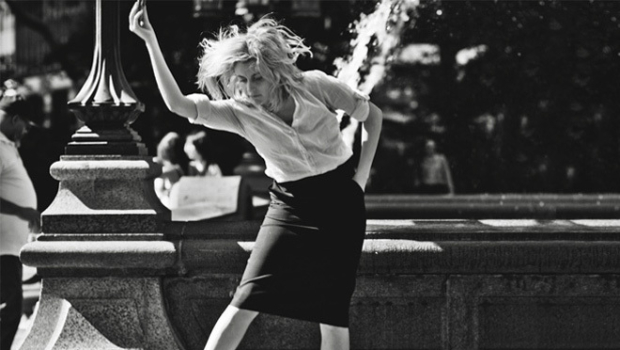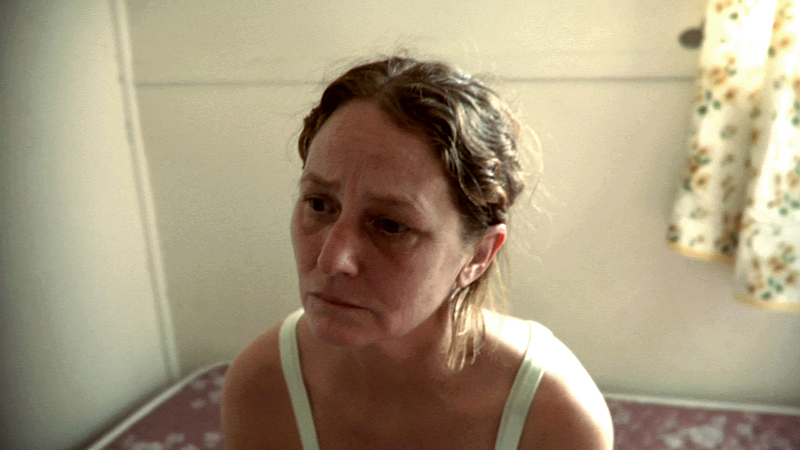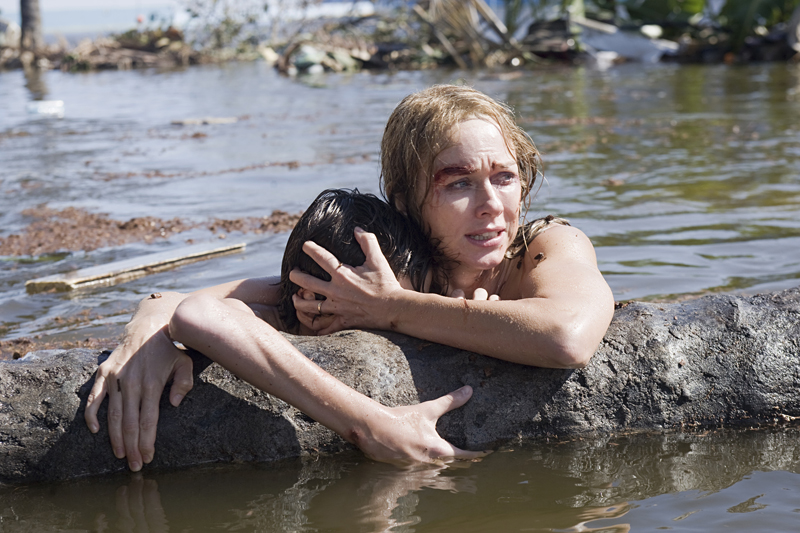The Parc Safari in Hemmingford, Quebec, is, per its website, home to 500 animals of 75 different species; its goal is to “protect and preserve endangered species as well as educate our visitors about them, while creating a unique city of recreation, fun, and environmental awareness for the whole family.” Shot there over several months, Bestiaire captures this mission statement in action—while gently suggesting its absurdity—with shots of a mother and her three kids atop an elephant lumbering through a copse; cars slowly drifting past grazing zebras; a woman stepping into the ursine zoo-mascot costume; a teenage employee at the Skee-Ball station. Yet the nearly wordless film is, most profoundly, about the dynamics of looking, an exercise in studying gazes that are either unidirectional or superficially reciprocated. It opens with a handful of art students sketching a taxidermied small mammal. Is it some kind of mini-antelope? That I could not identify many of the creatures in Bestiaire would seem to prove the point that critic John Berger makes about the “marginalisation” of animals in his influential 1977 essay “Why Look at Animals?”; the treatise’s title itself seems to be the starting point for Denis Côté’s film. It exposes the mechanics of a strange, multilayered voyeurism: watching animals watch—or, more accurately, look past—those who gape at them. As Berger writes: “At the most, the animal’s gaze flickers and passes on. They look sideways. They look blindly beyond. They scan mechanically. They have been immunised to encounter, because nothing can anymore occupy a central place in their attention.”
Bestiaire: Denis Cote Goes to the Zoo
